Digital marketing is changing faster than ever, and 2025 is shaping up to be a year full of exciting opportunities for businesses. From smarter technology to fresh ways of connecting with customers, the future of digital marketing is all about staying ahead and making meaningful connections.
If you’re wondering how to keep your brand at the top of its game, you’re in the right place. Let’s dive into the 2025 marketing trends that are set to shake things up and help you grow your business.

2025 Marketing Trends: Making It Personal
When it comes to marketing, personalization is no longer just a “nice-to-have” – it’s a must-have. By 2025, personalization will go beyond addressing someone by their first name in an email. It’s about delivering experiences that feel tailor-made for every individual. Let’s explore how personalization will evolve and why it’s so critical for your brand’s success.
Why Is Personalization So Important?
Personalization is about making your audience feel seen and understood. Think about it: Would you rather get a generic ad that doesn’t seem to relate to your interests or one that feels like it was created just for you? Customers are more likely to engage with brands that show they care about their unique preferences.
In 2025, brands will use smarter tools and better strategies to connect with people in more meaningful ways. Let’s break down how.
Smarter Personalization with AI
Artificial intelligence (AI) will be the driving force behind next-level personalization in 2025. With AI, brands can anticipate what customers want before they even ask for it.
How Does AI Personalization Work?
AI uses data from customer behavior—like browsing history, past purchases, and even how long they spend looking at a product—to predict what they’re likely to want next. Here’s what it might look like in action:
- E-commerce Recommendations: Imagine a customer who frequently buys skincare products. AI can recommend complementary items, like a moisturizer or sunscreen, just as they’re running low.
- Streaming Services: Platforms like Netflix and Spotify already use AI to suggest shows, movies, or songs based on your viewing and listening habits.
- Dynamic Websites: Websites can adjust in real-time to show visitors products or services they’re most interested in, based on their browsing patterns.
Why Should You Care?
Smarter AI means your marketing efforts will hit the right audience with the right message, saving time and boosting sales. Plus, customers appreciate when brands understand their needs without being pushy.
Using Your Own Data
With third-party cookies—the little trackers websites use to monitor browsing activity—being phased out, businesses need to get creative about gathering their own data. The good news? First-party data (the kind you collect directly from your audience) is more reliable and builds trust with customers.
How Can You Collect First-Party Data?
Here are a few easy ways to gather useful customer information while making the experience enjoyable:
- Loyalty Programs: Offer rewards or discounts for repeat purchases. In return, you’ll learn about your customers’ buying habits.
- Quizzes and Surveys: Ask customers fun, interactive questions that help you understand their preferences. For example, a clothing brand could create a “Find Your Style” quiz.
- Email Signups: Encourage visitors to sign up for your newsletter by offering perks like exclusive discounts or early access to sales.
What Makes First-Party Data Better?
First-party data is shared directly by your audience, meaning it’s more accurate and trustworthy. Plus, customers feel more comfortable sharing their information when they know how it’s being used and why.
What Does Great Personalization Look Like?
When personalization is done right, it goes beyond just sales. It creates lasting relationships between your brand and your audience. Here are some examples of brands that are nailing it:
- Starbucks: Their mobile app remembers your favorite orders and offers rewards tailored to your preferences.
- Amazon: With its personalized product recommendations and reminders, Amazon keeps customers coming back for more.
- Spotify: Their “Wrapped” campaign shows listeners their top songs and artists from the year, making the experience feel personal and shareable.
What Happens If You Get It Wrong?
On the flip side, bad personalization—like irrelevant recommendations or overloading customers with emails—can feel intrusive and annoying. It’s important to strike the right balance between being helpful and being overwhelming.
How Can You Start Personalizing in 2025?
Even if you’re new to personalization, there are simple steps you can take to get started:
- Understand Your Audience: Use tools like Google Analytics or customer surveys to learn more about your audience’s preferences and habits.
- Segment Your Customers: Group your audience into smaller segments based on shared characteristics, like age, location, or buying behavior.
- Use Email Automation: Set up automated email campaigns that send personalized messages based on actions your customers take, like abandoning their shopping cart.
- Test and Improve: Try different approaches and measure what works. Personalization is an ongoing process, so don’t be afraid to tweak your strategy as you learn.
What’s the Payoff?
When done right, personalization can:
- Make customers feel valued and understood.
- Increase engagement with your brand.
- Boost sales and customer loyalty.
In short, it’s a win-win for everyone. Customers get a better experience, and your business sees better results.
As you look to the future, remember that personalization isn’t about big, flashy tactics. It’s about showing your customers that you see them, hear them, and care about their needs. By embracing smarter AI tools and collecting your own data, your brand can stand out in 2025 and beyond. Ready to start creating meaningful connections? Let’s make it happen!
Standing Out with Purpose and Sustainability
In 2025, standing out in a competitive market will require more than just great products or services. Customers want to know that the brands they support are doing good in the world. Showing that your business cares about the planet and its people isn’t just the right thing to do—it’s also a powerful way to build trust, loyalty, and long-term success.
Why Do Purpose and Sustainability Matter?
Customers today, especially Millennials and Gen Z, are making purchase decisions based on values. They want to buy from brands that are environmentally responsible, socially conscious, and transparent. Here’s why:
- It Builds Trust: Customers are more likely to support a brand that aligns with their beliefs.
- It Creates Loyalty: People stick with brands that they feel share their values.
- It Attracts Attention: Highlighting your purpose can set you apart in a crowded marketplace.
In short, your customers care about the impact their purchases make, and your brand’s values could be the reason they choose you over someone else.
How to Go Green in 2025
Eco-friendly practices are no longer optional—they’re expected. Here are some practical ways to embrace sustainability in your business:
- Sustainable Materials: Use recyclable, biodegradable, or ethically sourced materials for your products or packaging.
- Reduce Waste: Implement waste-reduction programs, such as offering refillable containers or digital receipts.
- Energy Efficiency: Opt for energy-efficient operations, like solar power or smart lighting, to lower your carbon footprint.
Example: A coffee shop could switch to compostable cups, source beans from fair-trade suppliers, and use energy-efficient appliances.
Supporting Causes That Matter
Customers also want to see brands making a difference in their communities. Here are some ideas to show your support:
- Partner with Charities: Collaborate with organizations that align with your values. For example, a clothing brand might donate a portion of every sale to a nonprofit supporting clean water initiatives.
- Give Back Locally: Sponsor local events, support small businesses, or donate to schools in your area.
- Share Your Impact: Use social media and your website to show the difference your brand is making. Transparency builds credibility.
Example: A tech company could donate laptops to underserved schools and post updates about the program to inspire customers.
FAQs About Sustainability and Purpose
Q: How can I prove my brand is sustainable?
A: Certifications like “Fair Trade Certified” or “B Corporation” can demonstrate your commitment. You can also share reports or updates about your sustainability efforts on your website and social media.
Q: What if I’m a small business with limited resources?
A: Even small changes, like switching to eco-friendly packaging or supporting a local cause, can make a big impact. Start small and build from there.
Q: How do I make purpose-driven marketing authentic?
A: Be honest and consistent. Focus on causes that align with your brand’s values, and make sure your actions match your words.
Wow Customers with AR and VR
Technology like augmented reality (AR) and virtual reality (VR) is taking customer experiences to the next level. These tools don’t just grab attention—they create lasting impressions. By 2025, more brands will use AR and VR to make shopping, learning, and interacting with their audience more engaging.
Why Are AR and VR Important for Marketing?
AR and VR let customers experience your brand in unique, interactive ways. This makes them feel more connected and keeps them coming back for more. Here’s why they matter:
- They’re Fun and Memorable: People are more likely to remember your brand if they’ve had a fun or unique experience.
- They Build Confidence: AR helps customers see how a product fits into their life before they buy.
- They Increase Engagement: VR experiences, like virtual tours, keep customers interested and invested.
How to Use AR in Your Marketing
AR blends the digital and physical worlds, making it easier for customers to interact with your products. Here’s how you can use AR effectively:
- Virtual Try-Ons: Let customers “try on” clothes, glasses, or makeup through their smartphones.
- Preview Products: Use AR to show how furniture, paint colors, or decor items will look in a customer’s home.
- Interactive Packaging: Add QR codes to packaging that unlock AR experiences, like tutorials or behind-the-scenes content.
Example: A furniture store could create an AR app that lets customers see how a couch would look in their living room.
How to Use VR to Wow Your Audience
VR takes things a step further by fully immersing customers in a digital experience. Here’s how to make it work for your brand:
- Virtual Tours: Offer VR tours of your store, factory, or showroom to give customers an inside look at your brand.
- Interactive Events: Host virtual product launches, webinars, or Q&A sessions where attendees can explore the content in a VR environment.
- Training and Education: Use VR to create tutorials or demonstrations that make learning fun and interactive.
Example: A car dealership could create a VR experience where customers can “test drive” cars without leaving home.
FAQs About AR and VR in Marketing
Q: Is AR and VR expensive to implement?
A: While high-end AR and VR solutions can be pricey, many affordable options are available. For example, AR filters on social media are relatively low-cost and highly effective.
Q: Do customers actually want AR and VR experiences?
A: Absolutely! Studies show that interactive and immersive experiences lead to higher engagement and conversion rates.
Q: How do I get started with AR or VR?
A: Start small with an AR filter or a simple virtual tour. As you see results, you can explore more advanced options.
By focusing on purpose and sustainability and embracing AR and VR, your brand can stand out in 2025’s competitive digital landscape. Customers want to connect with brands that care and offer them something unique. These strategies help you do both.
Voice and Visual Search Are Taking Off
The way people search for information online is rapidly evolving, and typing into a search bar is no longer the only option. By 2025, voice and visual search will play an even bigger role in how users discover brands, products, and services. As a business, keeping up with these changes can help you connect with your audience in ways that feel natural and intuitive.
Voice Search: Talking to Technology
Voice search is all about using spoken language to find information. With the rise of devices like Amazon Alexa, Google Assistant, and Apple’s Siri, more people are asking questions out loud rather than typing them.
- Why does voice search matter?
People use conversational language when they talk to smart devices. For example, instead of typing “best coffee shop near me,” they might say, “Where’s the best coffee shop around here?” This shift means your content needs to match the way people naturally speak.
- How can businesses optimize for voice search?
Focus on long-tail keywords and natural phrases.
Example: Instead of just using "coffee shop," include phrases like "What’s the best coffee shop near me?" or "Top-rated coffee shops open now."
- What should your content include?
- FAQs: Answer common questions your customers might ask in your blog posts or website copy.
- Local SEO: Make sure your business appears in local searches by updating your Google Business Profile and including location-based keywords.
- Featured Snippets: Structure your content to answer questions clearly so it can appear as a voice search result.
Visual Search: See It, Search It
Visual search allows users to find information or products by uploading a photo or pointing their camera at something. Popular tools like Google Lens and Pinterest Lens are making this technology more accessible every day.
- Why does visual search matter?
Visual search appeals to people who prefer images over text. For example, a user might take a picture of a pair of shoes they love, and visual search tools can help them find where to buy those shoes—or similar ones.
- How can businesses optimize for visual search?
- Use high-quality images on your website and social media.
- Add alt text to your images so search engines know what’s in the picture.
- Include detailed metadata, like product descriptions, sizes, colors, and materials.
- Ensure your images load quickly and are mobile-friendly.
- Industries that benefit most from visual search:
- Fashion and retail: Helping customers find similar clothing or accessories.
- Home decor: Allowing users to identify furniture or design styles.
- Food and recipes: Letting people search for recipes by snapping a photo of ingredients.
Let AI and Automation Do the Heavy Lifting
By 2025, artificial intelligence (AI) and automation will simplify marketing like never before. These tools allow businesses to work smarter, save time, and focus on the creative side of their strategies.
Chatbots That Feel Real
Modern chatbots are becoming so advanced that they feel like talking to a real person. They can answer questions, solve problems, and even help customers make purchases—all without the need for human involvement.
- How do chatbots help businesses?
- They’re available 24/7, so customers get instant answers anytime they need help.
- They reduce the workload for your team by handling common questions and tasks.
- They create personalized experiences by using data to tailor their responses.
- How can you implement chatbots effectively?
Start by identifying your customers’ most common questions or needs and programming the chatbot to handle those. For more advanced options, consider AI-driven bots that learn and improve over time.
Better Predictions with AI
AI is transforming how businesses make decisions by analyzing data and predicting trends. This helps you target your audience more effectively and maximize your marketing efforts.
- Examples of predictive analytics in marketing:
- Forecasting which social media platforms will bring the best results for your ads.
- Identifying which products are most likely to sell during certain times of the year.
- Predicting customer churn and taking steps to keep them engaged.
- Why use AI for predictions?
Predictive analytics helps you avoid guesswork and focus your time and budget on strategies that are most likely to succeed.
Content Is Still King, but Context Matters More
Content will always be the foundation of digital marketing, but in 2025, context will be just as important. It’s not enough to create great content—you need to deliver it to the right people at the right time.
Quick Answers for Busy People
Think about how often you search for quick answers on your phone. Whether it’s “How do I fix my Wi-Fi?” or “Best lunch spots nearby,” customers want fast, straightforward information.
- How can your content provide quick answers?
- Use headings and bullet points to make it easy to skim.
- Write clear, concise answers to common questions.
- Focus on creating content that matches “micro-moments,” like “I want to know” or “I need help now.”
Interactive Content Keeps People Engaged
People love content they can interact with, and it’s becoming a must-have for marketers.
- Examples of interactive content:
- Quizzes: “Which product is right for you?”
- Polls: “What’s your favorite feature of our app?”
- Interactive videos: Let users choose their own path or explore your product in 3D.
- Why does interactive content work?
It grabs attention, keeps people on your site longer, and gives you valuable insights into what your audience cares about.
Voice and visual search, AI-driven tools, and smarter content strategies are changing the game for digital marketing in 2025. By adapting to these trends, your business can connect with customers in new ways, work more efficiently, and stand out in a crowded market.
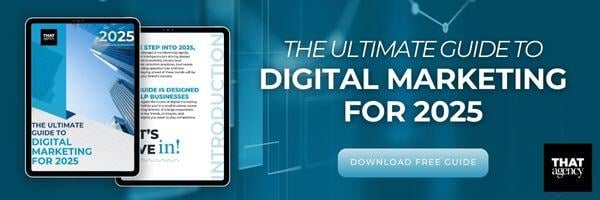
Ready for the Future of Digital Marketing?
The future of digital marketing is full of opportunities for brands to connect with their audiences in exciting, meaningful ways. From personalized experiences and AI-driven strategies to sustainability and new technologies, 2025 is all about adapting to stay ahead.
If you’re ready to take your marketing to the next level, THAT Agency is here to help. Our team specializes in strategies that drive results and help your brand shine. Contact us today to learn more about how we can support your digital marketing goals!
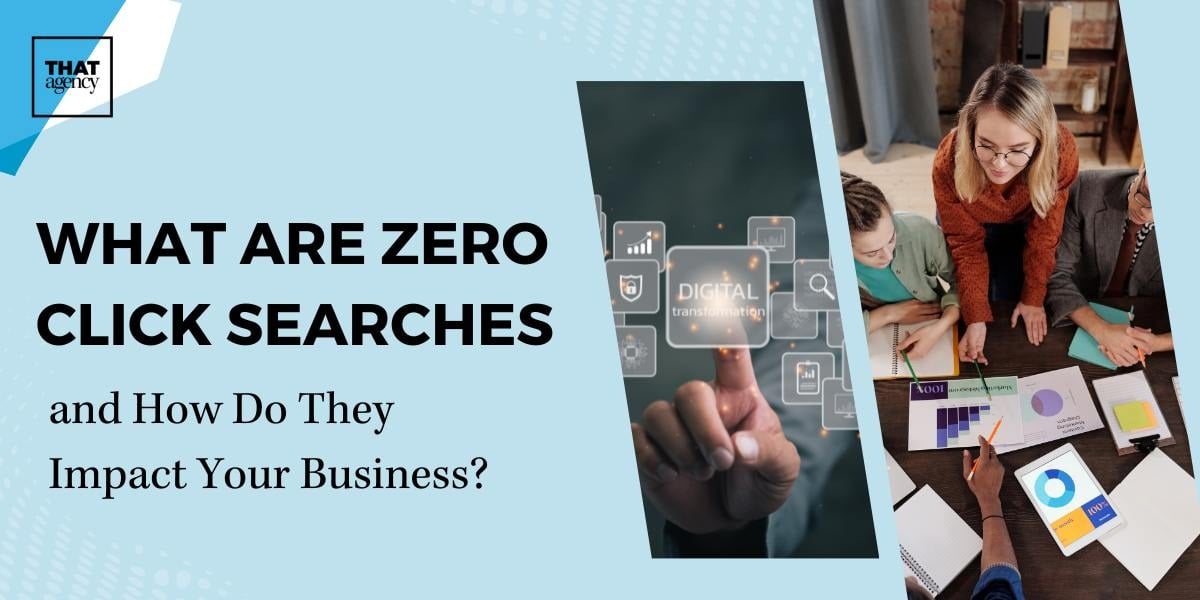
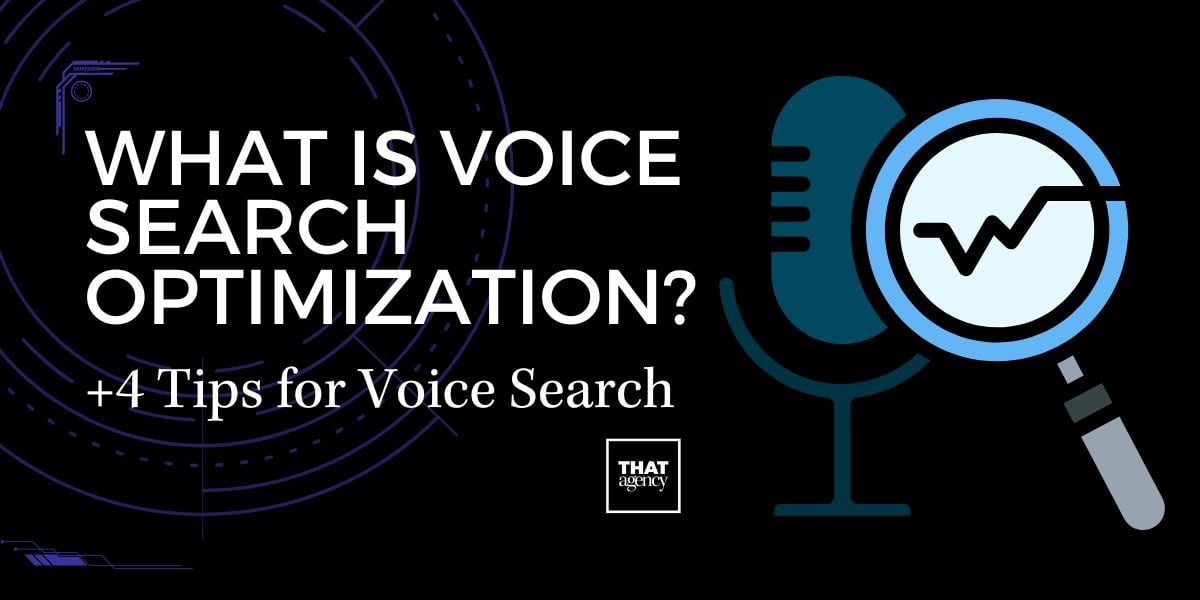
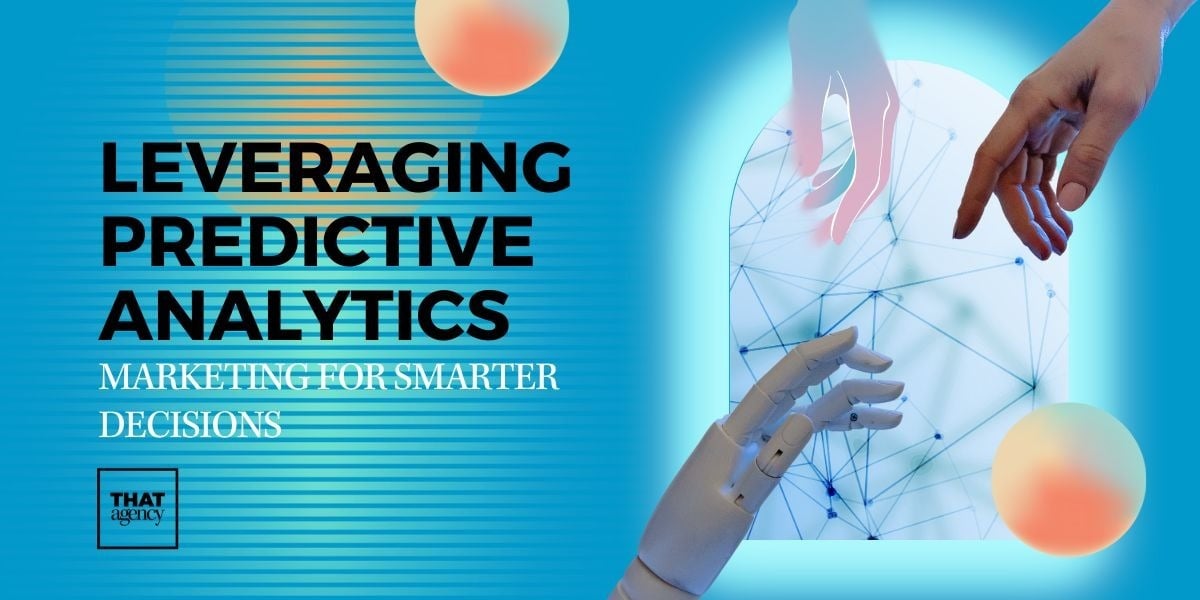
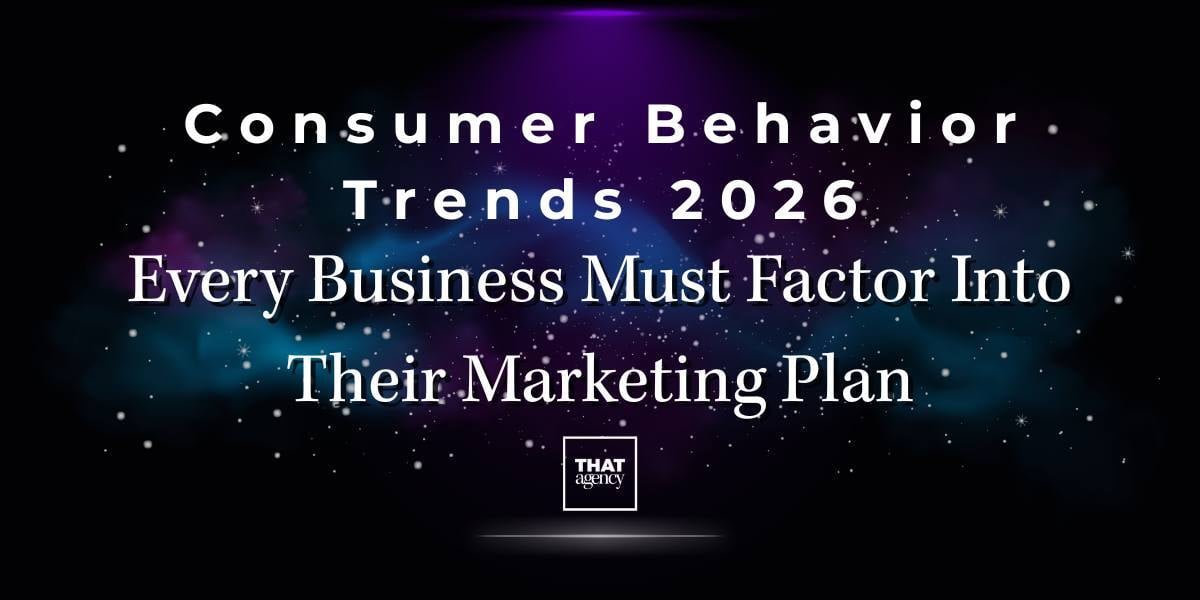
.jpg)